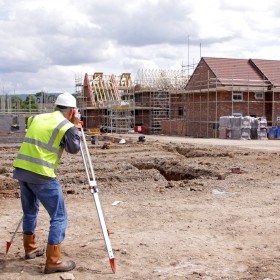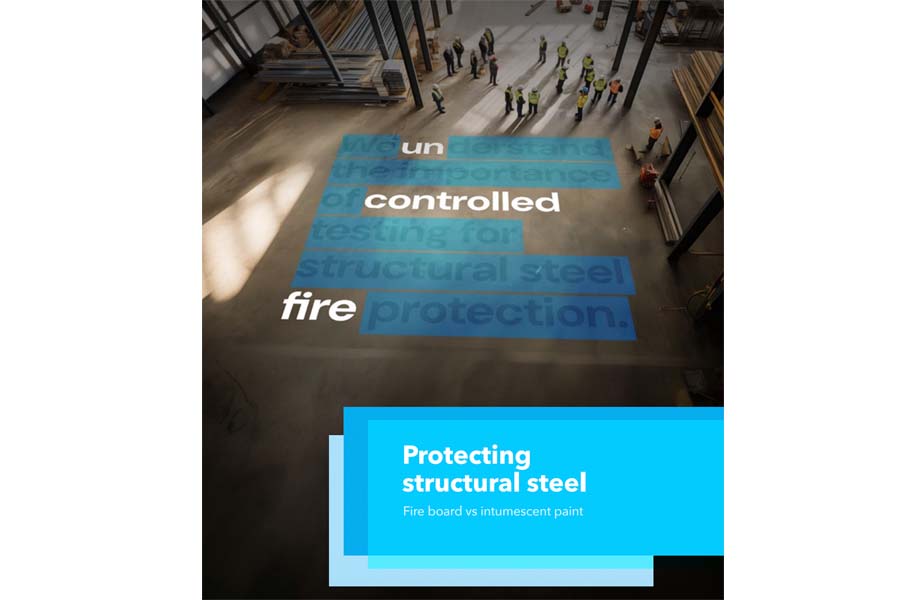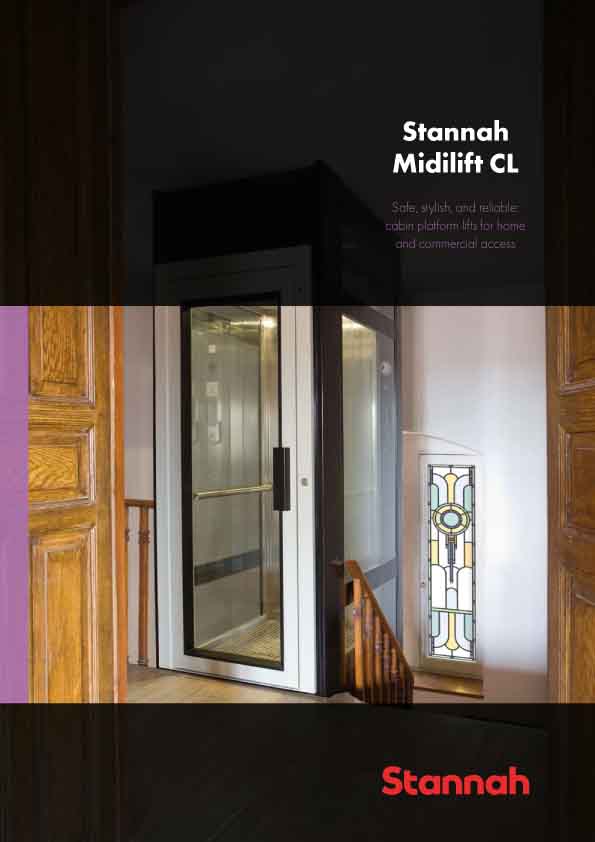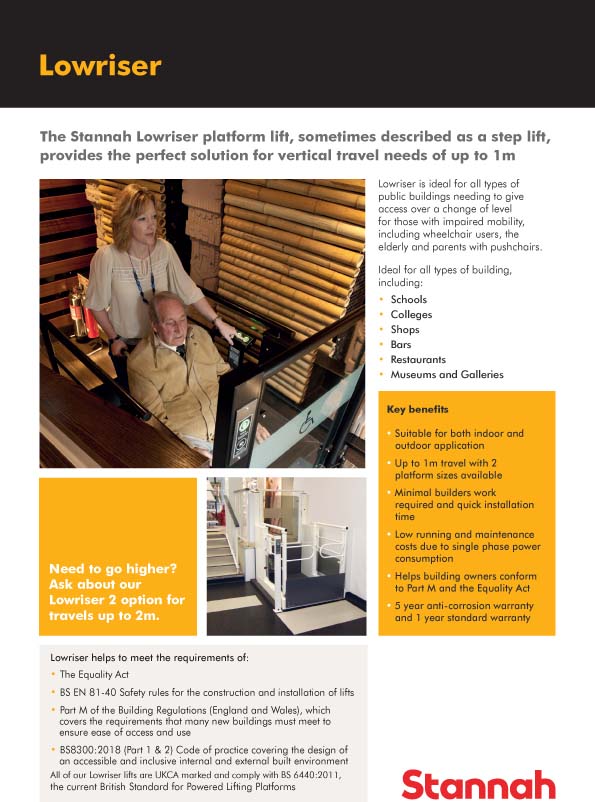
February data highlighted a further loss of growth momentum across the UK construction sector, with output, new orders and employment all expanding at slower rates than at the start of 2016.
The headline seasonally adjusted Markit/CIPS UK Construction Purchasing Managers’ Index (PMI) registered 54.2 in February, down from 55.0 in January and the lowest since April 2015. Although still above the 50.0 value that separates expansion from contraction, the latest reading pointed to one of the weakest rises in construction output seen over the past two-and-a-half years.
For the first time since January 2013, residential building was the worst performing sub-category of construction output. Moreover, the latest rise in housing activity was the slowest recorded since June 2013.
Anecdotal evidence suggested that heightened uncertainty about the demand outlook had led to more subdued job hiring trends in February.
Reflecting this, the latest survey indicated that construction firms were the least confident about the 12-month business outlook since December 2014.
Weaker projections for output growth contributed to more cautious input buying policies in February. The latest expansion of purchasing activity was the slowest for ten months.
Chris Temple, PwC’s UK engineering and construction leader, said: “The UK construction sector is undoubtedly facing a number of domestic and external economic challenges, from volatile commodity prices and supply chain costs to the uncertainty around the forthcoming EU Referendum. Many will be hoping that a known outcome on 23 June will go some way towards improving business confidence and generating a more positive growth trajectory in the second half of 2016.
“While the PMI data reveals the slowest recorded rise in housebuilding since June 2013, it’s important not to downplay the opportunities for future growth across this sector.
“In the last UK Budget we saw the UK Government announce a bold ambition to build one million new homes over the course of this Parliament, alongside a raft of policy measures and subsidies aimed at promoting home ownership for first time buyers and the impact of this should start to flow through as projects get off the ground. This, alongside major infrastructure projects such as the Hinkley Point nuclear plant, will undoubtedly help bolster the sector, enabling businesses to develop longer term investment strategies.
“Recruiting and retaining skilled people remains a key challenge that is holding back growth and opportunities for firms. Initiatives such as the Apprenticeship levy will go some way toward helping build a sustainable pipeline and it remains crucial that, with the UK Budget looming, both government and the sector work together to identify further ways to plug this gap.”




















